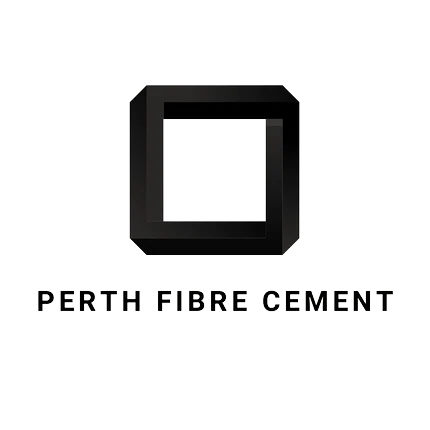When it comes to choosing the right materials for construction and renovation projects, there are numerous factors to consider. Among these, fire resistance, maintenance requirements, and longevity stand out as critical considerations. In recent years, fibre cement has gained popularity as an alternative to traditional building materials, offering a range of advantages in these key areas. In this article, we will compare fibre cement with common traditional materials, showcasing its benefits in fire resistance, low maintenance, and exceptional longevity while referencing a wide array of James Hardie and BGC fibre cement products.
Fire Resistance:
One of the most significant advantages of fibre cement over traditional materials like wood or vinyl siding is its exceptional fire resistance. Fibre cement is composed of a blend of cement, cellulose fibres, and sand, making it inherently non-combustible. In contrast, wood and vinyl are highly flammable and can contribute to the rapid spread of fires.
James Hardie HardiePlank and BGC Duragroove cladding are prime examples of fibre cement products designed to withstand fire hazards. These products have been engineered to achieve the highest possible fire safety ratings, giving homeowners and builders peace of mind in regions prone to wildfires or other fire risks.
Maintenance:
Another key advantage of fibre cement is its low maintenance requirements compared to traditional materials. Wood siding, for instance, requires regular painting, staining, and sealing to protect it from the elements and maintain its appearance. Vinyl siding, while lower maintenance than wood, can become brittle over time and may need replacement due to cracking or fading.
Fibre cement, on the other hand, boasts impressive durability and resilience, requiring minimal maintenance. James Hardie's ColorPlus® technology and BGC's advanced finishing processes ensure long-lasting colour retention, reducing the need for frequent repainting. Additionally, fibre cement products are resistant to pests, rot, and moisture, ensuring they retain their structural integrity and aesthetic appeal for decades.
Longevity:
Fibre cement products excel in terms of longevity, making them a wise investment for both residential and commercial projects. Traditional materials like wood and vinyl tend to deteriorate over time, especially when exposed to harsh weather conditions. Wood can warp, rot, and become susceptible to termites, while vinyl can crack and fade, diminishing the overall curb appeal of a property.
James Hardie and BGC offer a wide range of fibre cement siding and cladding options that are engineered to last. Products such as James Hardie's Axon cladding and BGC's Duraplank are designed to withstand the test of time, retaining their strength and appearance even in the face of extreme weather conditions. This longevity not only reduces the need for frequent replacements but also adds value to properties by maintaining their aesthetic appeal over many years.
In conclusion, when it comes to fire resistance, low maintenance, and longevity, fibre cement emerges as a superior choice compared to traditional building materials like wood and vinyl. With a range of products offered by industry leaders like James Hardie and BGC, builders and homeowners have access to durable, fire-resistant, and low-maintenance options that provide peace of mind and long-term value. Whether you prioritize safety, ease of upkeep, or lasting quality, fibre cement should be a top consideration for your next construction or renovation project.

